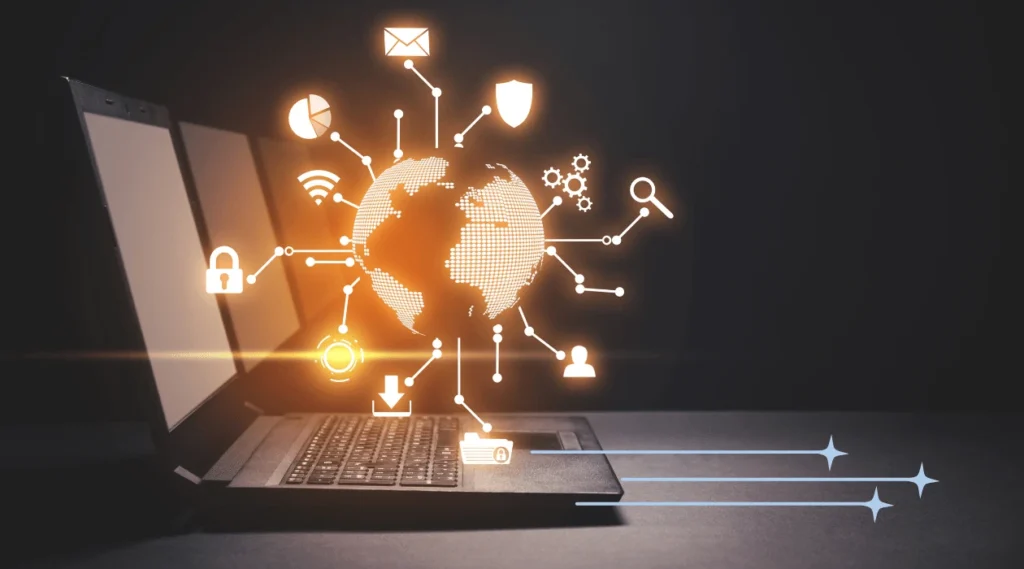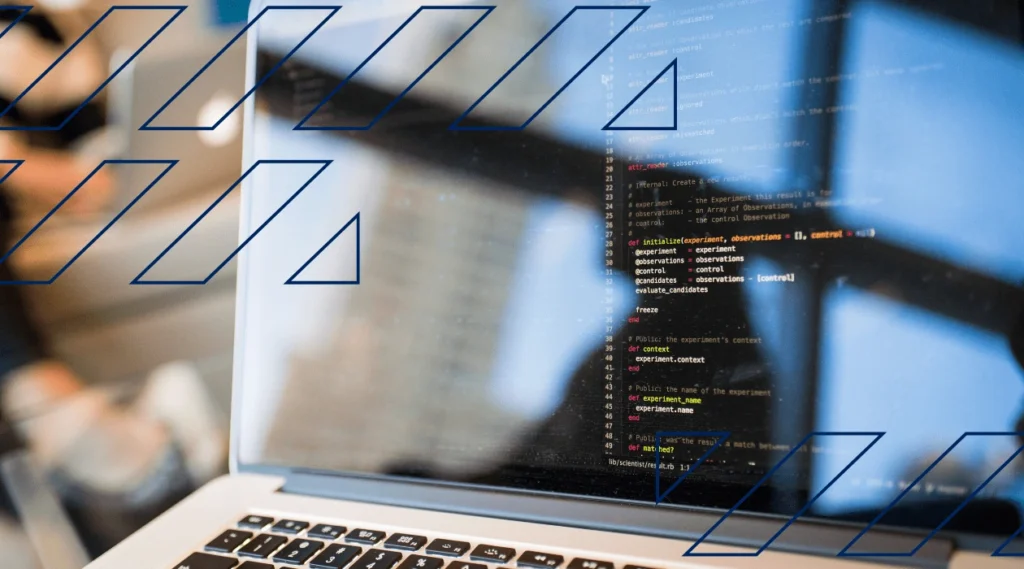What is Blockchain?

IT Tips & Insights: A Softensity Senior Software Developer covers the basics of blockchain, bitcoin and beyond.
By Alvaro Ribeiro, Senior Software Developer
Over the last few years, more and more people have talked about Bitcoin, Blockchain and cryptos in general. It all began in 2008, during the subprime economic crisis. The crisis was caused by government interference, through credit incentives, which created a housing bubble that burst in 2008, causing an intense economic crisis.
To fight this type of currency manipulation, Satoshi Nakamoto (nobody knows if he is a person or a group of people) created Bitcoin, a digital currency, using a technology called blockchain. Blockchain is a chain of blocks, in which each block has a list of encrypted transactions. It’s a completely decentralized application, with a distributed ledger. Each peer/node has a copy of the ledger. Each block is created by a process called mining.
Like gold mining, it’s a difficult process. In the electronic version of mining, the difficulty is defined by a mathematical challenge. Once this challenge is solved, a new block is created and added to the blockchain. This process is performed by a miner, which is a powerful computer (Bitcoin network has thousands of miners). As a reward for the mining, the miner earns Bitcoins.
Are Bitcoin and Blockchain the Same Thing?
Many people believe that Bitcoin is blockchain. It is not. Bitcoin is an application running on a blockchain network. It is a cryptocurrency that is created using the blockchain. Bitcoin with capital “B” is the cryptocurrency, and bitcoin with lower “b” is the protocol of the bitcoin network, or blockchain.
What Problem Does Bitcoin Solve?
As mentioned above, Bitcoin was created to solve a problem caused by the government, which was the root cause of the 2008 crisis. However, technically it solves a problem called double spending of digital assets. Double spending is a possibility of duplicating digital assets.
Bitcoin solves this problem through a distributed ledger, where each node in the blockchain has a complete copy of the ledger, and each block (with transactions) is added to each copy of the ledger. Thus, it doesn’t allow you to send the same transaction more than one time. To create a new block, a miner needs to get the last block created, solve a challenge, and then publish this new block to the blockchain. Once this new block is available, it awaits a certain number of confirmations by other miners. Once it’s confirmed, it’s added to the blockchain, and each miner will add it to their copies of the ledger.
Should I Use Blockchain?
Blockchain is a trendy technology and there are lots of new projects popping up everywhere. Many traditional companies and even financial groups are doing research and implementing new applications. However, blockchain is still a new technology and it can’t be applied to all industries and applications. In order to consider using blockchain, we need to answer a few basic questions:
- Do I need a decentralized application?
- Can I create immutable data?
- Can I share my data among many computers?
- Should my data be kept private or public?
Applications
Although it’s still a new technology, it can be used in many different industries, such as finance, insurance, supply chain, identity, healthcare, and so on. When it comes to finance, it allows people to exchange assets and to provide lending services with a very low fee, since it’s decentralized and doesn’t require a large structure to operate.
Another application that has been increasing over the last few years is supply chain. For instance, using blockchain, we can find out the provenance of a product, let’s say an orange, from the farmer to the grocery store. Blockchain allows total transparency of the information registered in a public ledger, and security as well, since the data is immutable. We can only add new information.
Use Cases
Healthcare – Although in its early age, blockchain is showing the potential to reduce costs, while improving the access of information among stakeholders, such as patients and doctors. One of the problems of this industry is the fragmentation of information across multiple clinics and health providers. To solve this problem, a company called Patientory created a blockchain application that keeps patients’ medical history, current health providers and other information a doctor would need to know.
Conclusion
Blockchain was created to solve an economic problem with the creation of Bitcoin. It solved a single problem — a monetary one. However, it evolved to solve other problems, and due to its characteristics, such as decentralization and immutability of data, it’s causing a significant change in many different industries, and changing the way we create software. Moreover, it has expanded to many other industries, such as healthcare, supply chain, finance, and so on.
About
 Hey people! My name’s Alvaro, I’m from Brazil and I’ve been working as a .Net Developer since 2005. Currently I’m working as a Senior Software Developer at Softensity. Although I enjoy programming with C# and .Net Core, I became interested in Bitcoin and Blockchain, so I’d like to share a bit of this amazing new emerging technology.
Hey people! My name’s Alvaro, I’m from Brazil and I’ve been working as a .Net Developer since 2005. Currently I’m working as a Senior Software Developer at Softensity. Although I enjoy programming with C# and .Net Core, I became interested in Bitcoin and Blockchain, so I’d like to share a bit of this amazing new emerging technology.











